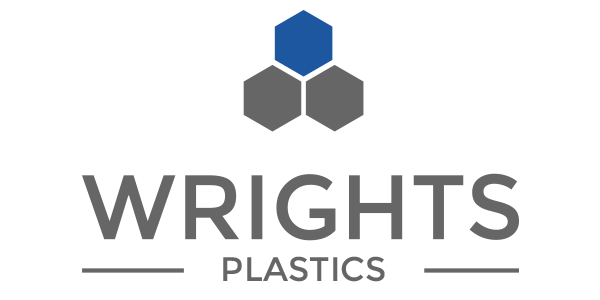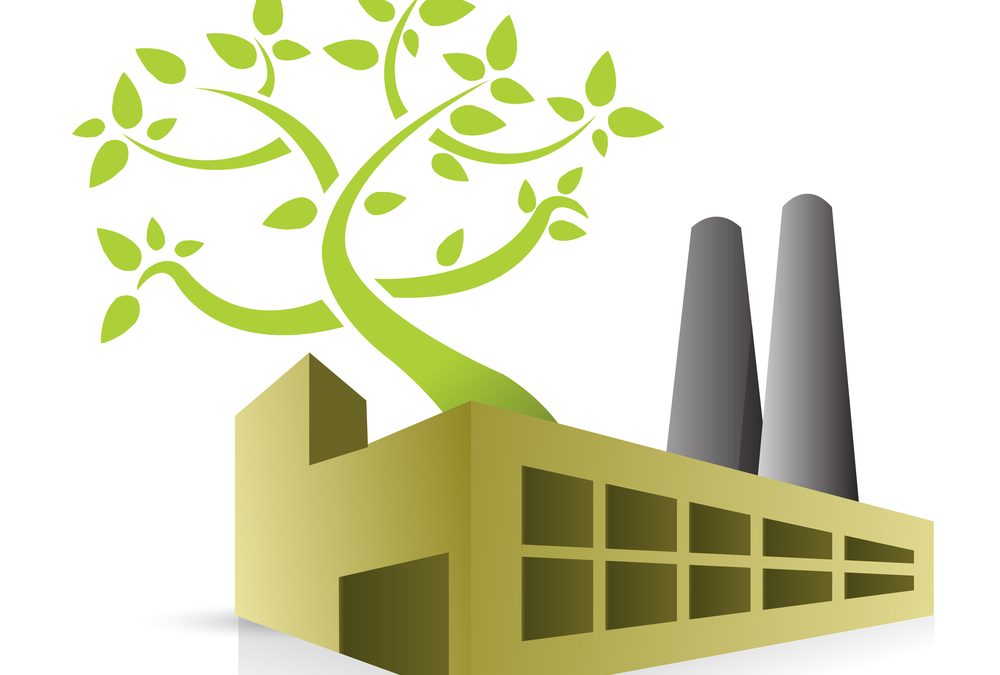Plastic forming can offer a sustainable manufacturing process but many factors need to be taken in to account when deciding if sustainable plastic forming is possible.
Material. Much plastic forming can use recycled acrylic or plastic to manufacture products, parts and components. For example Greencast acrylic products claim that their material offers “the same exceptional high-quality as the virgin acrylics”
In terms of colour and finishes, the recycled products are virtually identical to virgin material. The only difference from a customer’s point of view is that the material may cost slightly more, and this will impact on the overall projects costs. However, it is likely the costs differential will reduce as recycling costs reduce and the market becomes more competitive.
Even when recycled acrylic cannot be used for technical reasons, many acrylics and plastics can be recycled at the end of their product life and the resulting material used to manufacture a wide range of products.
If sustainable plastic forming is important to your project or organisation then speak to a vacuum former or plastic former with extensive material credibility to ensure they select the most suitable and sustainable material for your project.
Is Sustainable Plastic Forming Possible?
Another important factor to consider is the efficiency of the process. Using older machines and plant to complete any project is likely to be more inefficient, and less sustainable. More up-to-date CNC routers, laser cutters and even digital printers are designed for greater speed and efficiency. This can be evidenced in a number of ways
- The faster the process the less energy used
- Additionally modern plant is designed to use less energy
- Functions such as tandem production further minimises time on the machine
- Computer software further helps minimise manufacturing time and reduce the amount of waste product
Choosing the right production partner
A factor often overlooked but very important is choosing the correct partner for your project. The least sustainable option is doing anything more than once, and this will happen unless your production partner has extensive material credibility and applications expertise. An experienced former will (if required) create a plastic prototype to allow pre-production testing, select the right materials and processes for the most sustainable option – which will also likely be the most cost-effective for the product.
Additionally if all the individual parts of the process are carried out under one roof or very close by, then this will reduce the carbon footprint of the project.
Don’t forget to ask the manufacturer about their ‘green’ policies – what practical steps have they (and are they) taking to minimise the impact on the environment of their processes.



Recent Comments